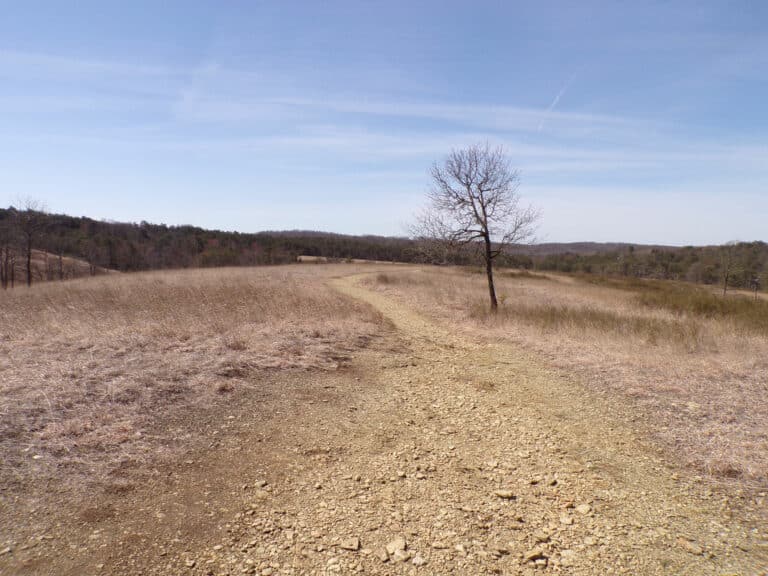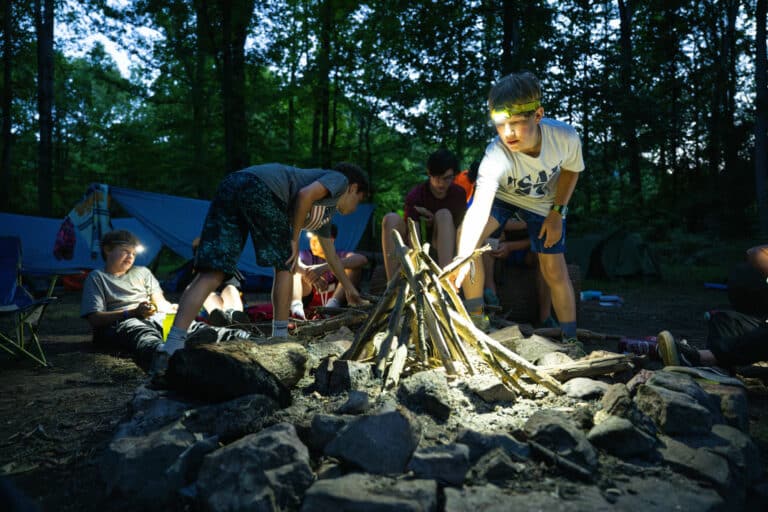
Only seven of the nation’s 252 Wild and Scenic Rivers are located in the Southeast. To address this under-representation, grassroots groups in Appalachia are hoping to add an eighth river to the system: the Nolichucky, a world-class whitewater run through a remote mountain gorge.
The Nolichucky River, a tributary of the French Broad River, starts at the confluence of the Toe and Cane Rivers in North Carolina and becomes a chundering class V river as it passes into the rugged Nolichucky Gorge near the Tennessee border. Development is virtually nonexistent along the gorge’s steep walls, and the free-flowing class III to class V rapids roar through this 7.2-mile section that outdoor groups hope to protect with Wild and Scenic River status.
The Wild and Scenic Rivers Act provides federal protection for the most natural and unique rivers in the country. To receive this designation, a river first has to be studied to see if it meets Wild and Scenic criteria, then a bill must be passed by Congress to add the river to the list.
A study was completed in 1994 that found that the Nolichucky Gorge section of the river does meet Wild and Scenic criteria. Unfortunately, the process has never gone further.
“Unless some community group steps up and pushes for it, a lot of these studies just kind of die on the shelf,” says Hartwell Carson, the French Broad Riverkeeper for RiverLink, a group that oversees the economic development and environmental protection of the French Broad watershed.
Fifteen years after the study was published, Carson and his colleagues are finally trying to get Wild and Scenic designation for the Nolichucky. In late May, RiverLink organized a two-week paddling trip down the river to raise awareness for this goal.
The paddling trip had the added bonus of further solidifying RiverLink’s relationship with the Nolichucky Watershed Partnership (NWP), a recently formed group comprised of private individuals, government agencies, nonprofit organizations, and others who aspire to protect the river.
“The goal of the NWP is to bring these stakeholders together to identify opportunities for collaboration with the common goal of watershed restoration,” says Timothy Ormond, one of the leaders of NWP.
The NWP serves as an umbrella group to coordinate the efforts of the four conservation organizations that currently focus on the Nolichucky as well as other groups interested in protecting the watershed. They see Wild and Scenic status as a means to protect the entire river.
“[The Nolichucky] is an amazing natural and scenic resource,” Ormond continues. “Wild and Scenic status would bring greater attention to the river and our efforts to protect its water quality,” Ormond says.
Grassroots organizing is the main reason why most Wild and Scenic rivers achieved that designation in the first place. Volunteering with groups such as NWP and RiverLink, and talking to anyone who will listen about the Nolichucky — including elected officials for the districts the Nolichucky flows through — are the best ways the public can get involved.
“There aren’t many rivers left in the Southeast that don’t already have dams, or a ton of development, or [other] things that degrade a lot of Eastern rivers,” Carson says. “So when we have a free-flowing river like the Nolichucky that is still wild and scenic, we should make every possible effort to keep it that way.”







